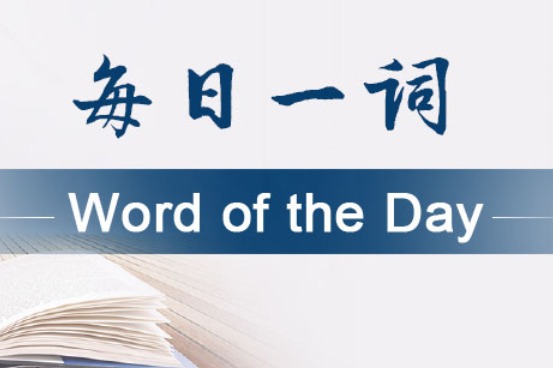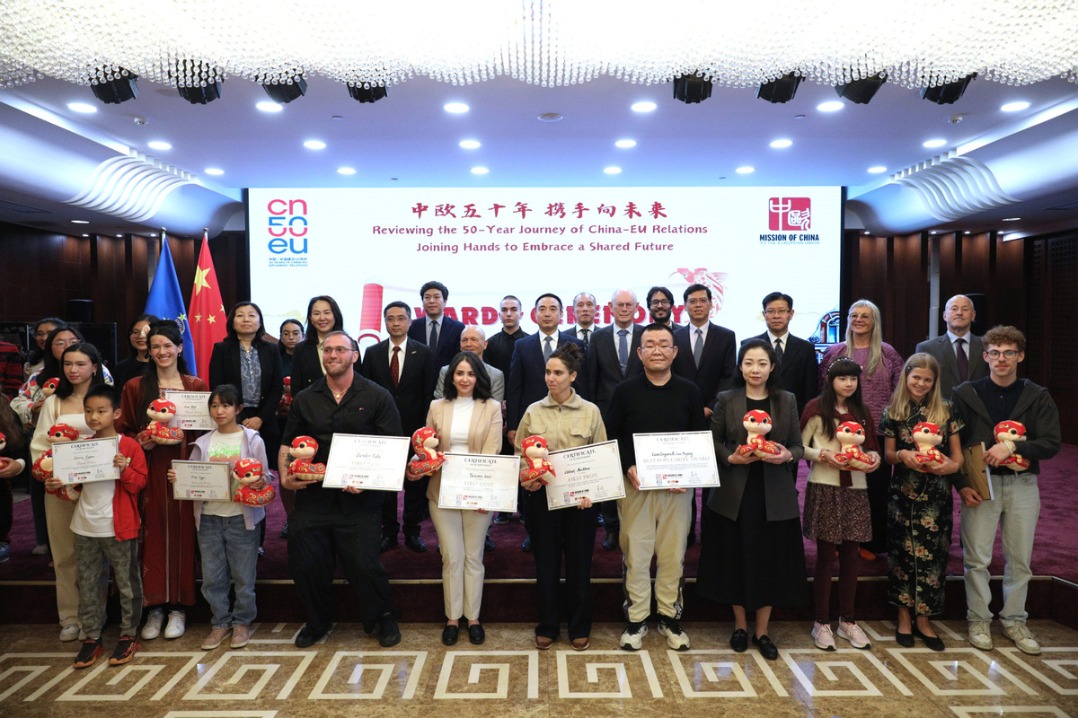How to use plurals in Chinese the right way 汉语的复数表达
goeastmandarin.com 2023-11-15 16:38


You might have noticed some Chinese people have trouble using the plural form of English nouns. This is because Chinese grammar is different; nouns in the Chinese language never change form. Here are the most common ways on how to use plurals in Chinese, to denote two or more of something.
1. Add "们" to indicate a plural
Use 们 (men) after pronouns or nouns that refer to people.
Examples:
Pronouns:你们,我们,他们,她们
Other nouns:老师们,学生们,老人们,妈妈们
However, there are some exceptions:
(1) "您们" and "谁们" are not correct. There is still controversy about "您们". It's better not to use it.
(2) When preceded by numbers, nouns cannot be followed by 们
五个学生们 (✖ WRONG)
(3) 们 can be used in the personification of something non-human e.g. animals or plants.
小狗们喜欢玩游戏。 (Xiǎo gǒu men zuì xǐ huan wán yóu xì – Puppies like playing games.)
花儿们在风中跳舞。 (Huār men zài fēng zhōng tiào wǔ – Flowers are dancing in the wind.)
2. Use a measure word to indicate a plural
Below are three situations where the number + measure word + noun structure is used for plurals in Chinese.
(1) More than one of a noun
Any time you know the quantity of a noun and the quantity is more than one you can use this structure: Number (>1) + normal measure word + noun.
Examples:
三只狗 (sān zhī gǒu – Three dogs)
五个杯子 (wǔ gè bēi zi – Five cups)
六杯啤酒 (liù bēi pí jiǔ – Six glasses of beer)
(2) A special quantity of a noun
Sometimes you might need to refer to one of a special quantity of a noun (ie. pairs, dozens, several, batch, etc.). In these cases, you can use a special measure word. These are some special measure words, which can denote a defined or undefined quantity that follows this structure: 一 + special measure word + noun
Examples:
一双 yī shuāng / 一对 yī duì – pair 一双手 (yī shuāng shǒu – A pair of hands)
一对花瓶 (yī duì huā píng – A pair of vases)
一些 yī xiē – several
一些书 (yī xiē shū – Several books)
一打 yī dá – dozen
一打啤酒 (yī dá pí jiǔ – A dozen of beer)
一批 yī pī – batch
一批货物 (yī pī huò wù – A batch of goods)
一群 yī qún – group
一群鸭子 (yī qún yā zi – A group of ducks)
(3) An ambiguous quantity
If you don't know the specific quantity, you can use ambiguous number words. When using an ambiguous number follow the following structure: ambiguous number word + measure word + noun.
Examples:
几 (jǐ – Several)
几家很好的饭店 (jǐ jiā hěn hǎo chī de fàn diàn – Several good restaurants)
很多 (hěn duō – Many, a lot)
很多(间)教室 (hěn duō (jiān) jiào shì – Many classrooms)
不少 (bù shǎo – Many, not few)
不少学生 (bù shǎo xué sheng – Many students)
数 (shù – Several)
数月不见 (shù yuè bù jiàn – Haven't met for several months)
Source: goeastmandarin.com
Editor: wanwan

















 英语点津微信
英语点津微信 双语小程序
双语小程序